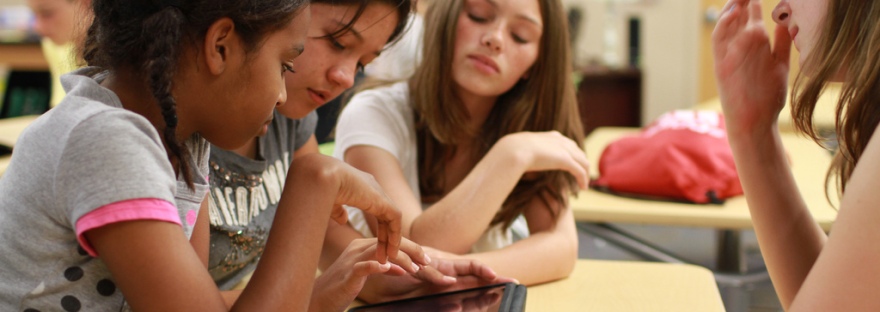Too often in modern society, technology is portrayed as the boogeyman sinking its claws into our children, causing them to live isolated lives with their heads down and eyes permanently fixed on their mobile devices (Faw, 2015). Babies are being thrown out with the bathwater left, right and centre, as more and more countries implement… Continue reading Student Collaboration with ICT
Category: Learning Spaces
Synthesis: Creating a Clearly Defined Problem
“The Define mode is an endeavour to synthesise your scattered findings into powerful insights. It is this synthesis of your empathy work that gives you the advantage that no one else has: discoveries that you can leverage to tackle the design challenge; that is, INSIGHT.” - Stanford Design School In this post, I will demonstrate… Continue reading Synthesis: Creating a Clearly Defined Problem
Synthesis: What’s Your Problem?
One of the greatest mistakes in the design process is to omit the problem definition phase and end up solving the wrong problem. (British Design Council, 2003) Welcome to the second phase of the design thinking process: Synthesis, also commonly known as the ‘Define’ phase. In the first phase, Empathy, we gathered insights about our… Continue reading Synthesis: What’s Your Problem?
Empathy Mapping: A Problem Seeking Tool
Albert Einstein once defined empathy is a skill which cannot be taught and must be developed over a lifetime (Gherbi). Fortunately, design thinkers have developed several tools for empathising, for those of us who do not have lifetime to wait! In this post, I will identify some ways of empathising in the design process, with… Continue reading Empathy Mapping: A Problem Seeking Tool



